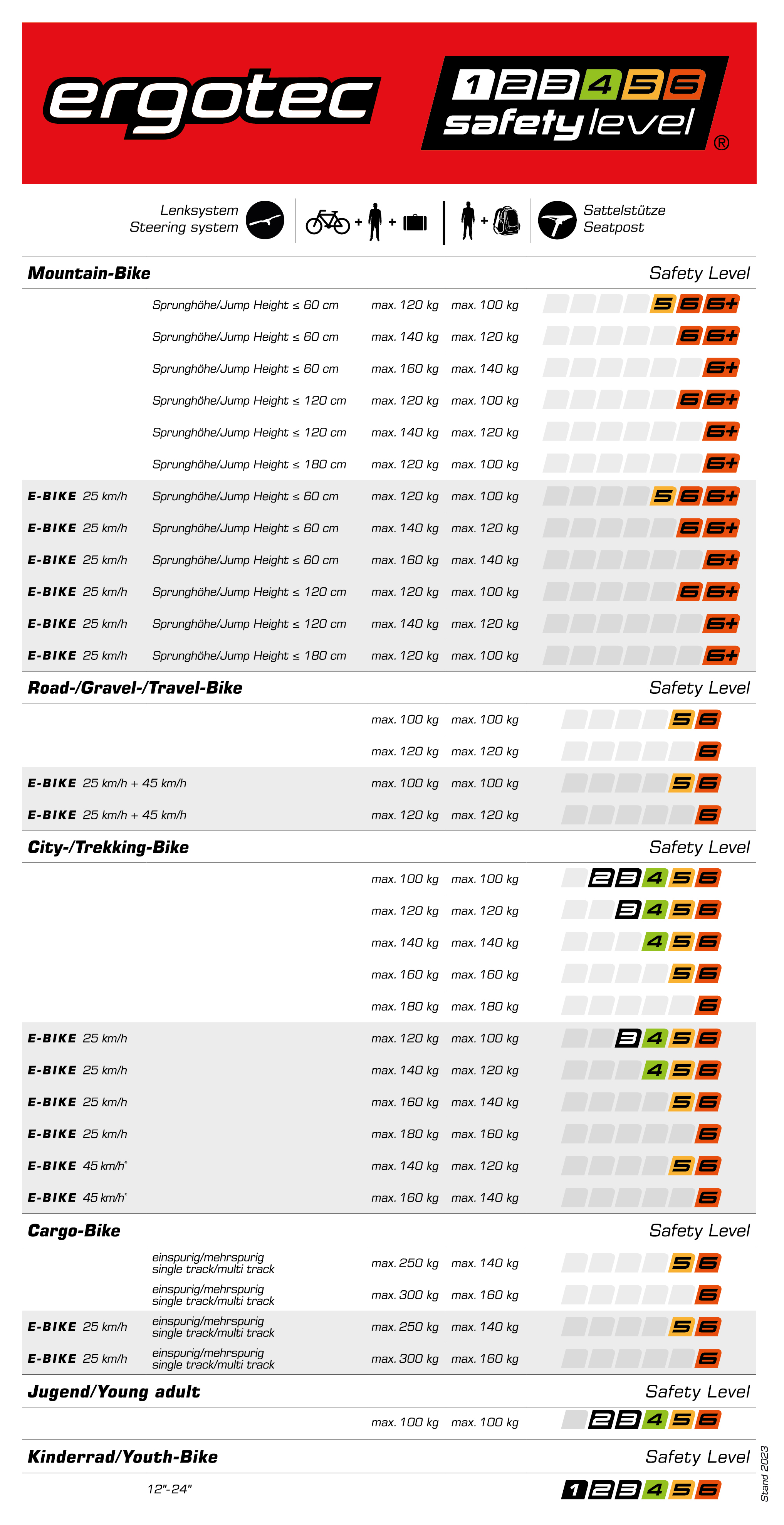Safety Level
Safety Level
What is the ergotec SAFETY LEVEL?
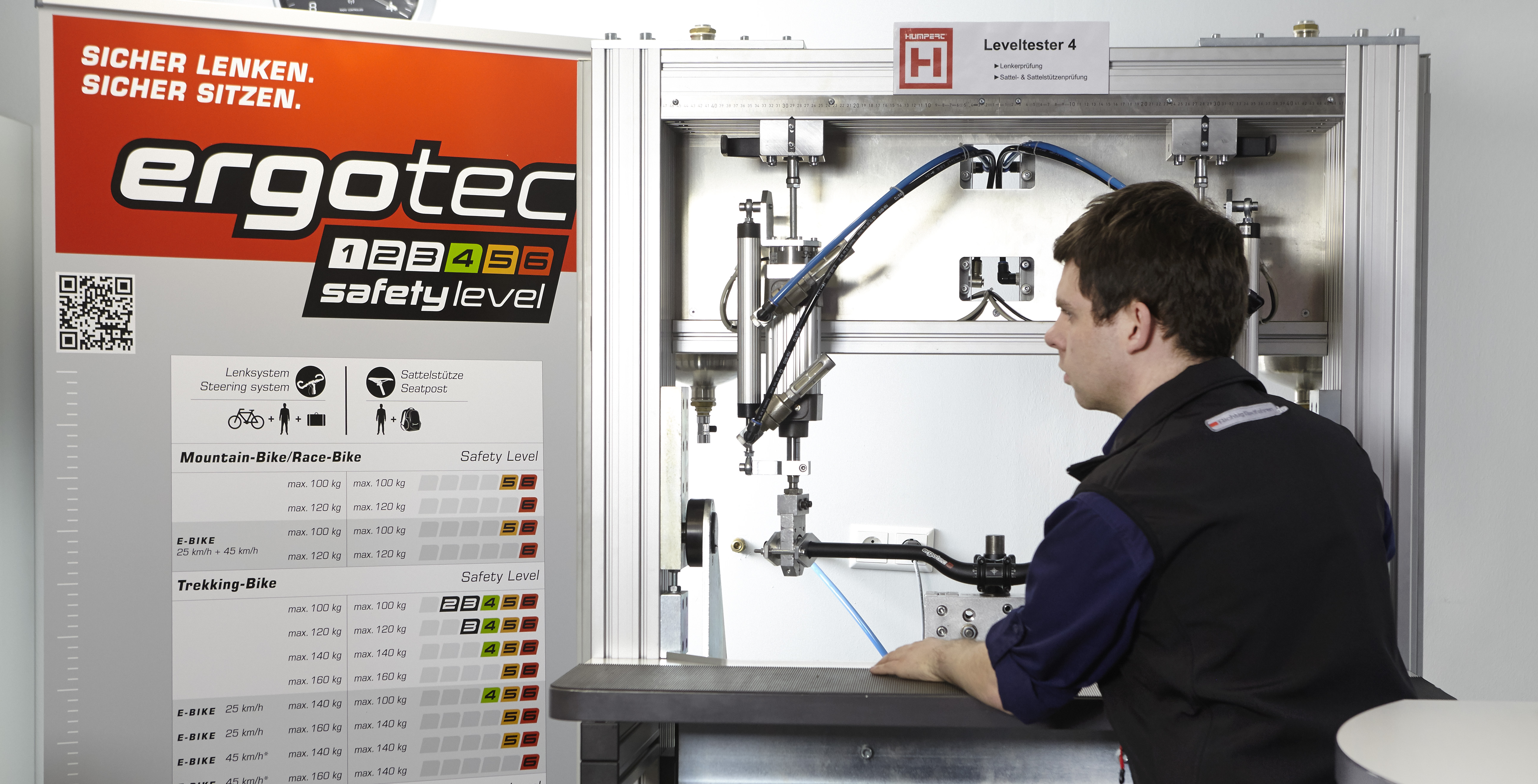
ergotec SAFETY LEVEL is a safety classification for steering systems and seatposts on bicycles. ergotec products have a SAFETY LEVEL of 1 to 6. The higher the level, the greater the safety. Here you can find out which SAFETY LEVEL you personally need.
Safety Level
How is the ergotec SAFETY LEVEL awarded?
All handlebars and stems are subjected to hard long-term testing individually and in combination. The same applies for seatposts. This testing is carried out in accordance with European testing standards or even higher demands. No other European bicycle handlebar manufacturer has such a large test centre like ergotec.
Safety Level
Why does the ergotec SAFETY LEVEL make a distinction between the different types of bicycle?
A mountain bike is subject to far higher stresses than a city bike, an e-bike is significantly heavier than a trekking bike. The demands which exist with respect to safety are correspondingly different. This is also reflected in the standard requirements that are defined for each type of bike.
The product classification of the ergotec SAFETY LEVEL corresponds to the DIN EN ISO 4210 standard for bikes and DIN EN 15194 for e-bikes.
Safety Level
Why does the ergotec SAFETY LEVEL differentiate between steering system and seatpost?

The entire mass that is being moved exerts force on the steering system (bike, person, luggage). That is why the SAFETY LEVEL needs to take the entire weight into consideration. In the case of the seatpost, it is only the weight of the rider (+backpack) that is exerted, that is why a different SAFETY LEVEL is calculated for the seatpost.
Safety Level
Why does the ergotec SAFETY LEVEL asks for the rider's weight?
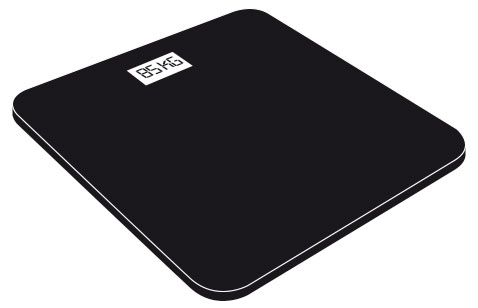
The higher the weight, the greater the forces that are exerted onto the bike. The largest weight is the body weight (compared to the bike and luggage). That is why the bike's safety is always an individually influenced factor and a very personal responsibility.
Safety Level
Bicycle steering system – what is that?
A steering system on the bike always consists of two safety-relevant components: Handlebars and stem.
The handlebars are held in the middle of the stem. The stem is the connection to the bike frame. This connection is either direct, which means that a shaft stem is inserted into the handlebar tube of the frame. Or an A-head stem is attached onto the shaft of the front wheel fork.
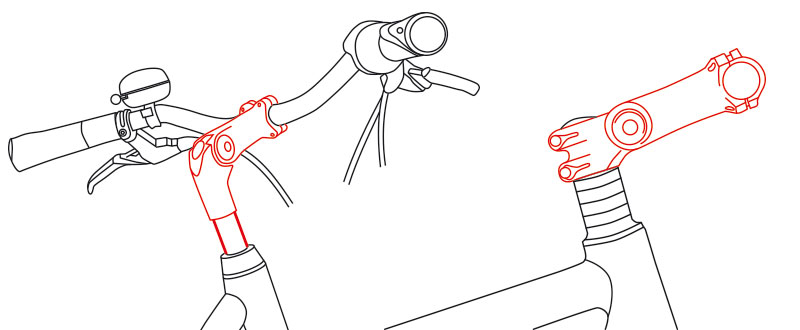
In terms of force application, the handlebars and the stem act as a lever. This high application of force must be managed by a steering system from a safety perspective.
The ergotec SAFETY LEVEL always applies to the complete steering system – when the stem and handlebars have a different SAFETY LEVEL, the lower value applies to the entire system.
Safety Level
Which products carry the ergotec SAFETY LEVEL?
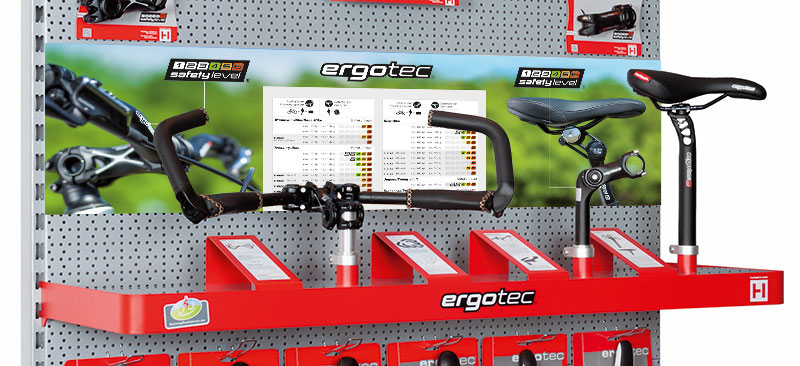
All steering systems and all ergotec stems are tested without exception and are then classified with a SAFETY LEVEL. All ergotec seatposts also have a SAFETY LEVEL. Irrespective of whether you ride a mountain bike, an e-bike or a touring bike – you will always get the exact component with safety certification you need from us (and only from us).
Safety Level
This is how we test the SAFETY LEVEL
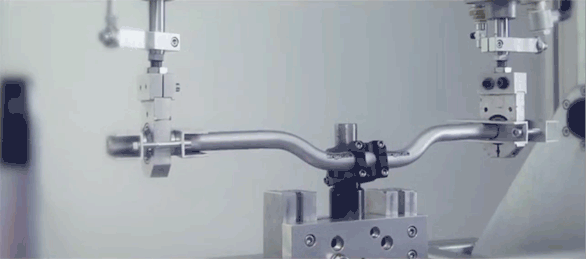
No other bike handlebar manufacturer in Europe has as large a testing centre as we do at ergotec. Furthermore, our products are tested frequently at recognised independent institutions.
The test configuration is defined by European standards. This involves 100,000 anti-phase load changes and 100,000 in-phase load changes being applied to the handlebar/stem unit. Requirements: The test subject must not break or show visible cracks.
The table shows which test forces (measured in Newton) are applied to the handlebars and the stem in the tests.
| Type of bike | Anti-phase | In-phase |
| Children's bikes | 115 N | 190 N |
| City bikes/trekking bikes | 200 N | 250 N |
| E-bikes 25 | 240 N | 300 N |
| Mountain bikes | 270 N | 450 N |
| Racing bikes | 280 N | 400 N |
Safety Level
DIN EN standards and the higher ergotec plus standard
Bike handlebars must meet the following European standards: for children's bikes (DIN EN 14765), for city and trekking bikes (DIN EN 14764), for e-bikes 25 (DIN EN 15194), for mountain bikes (DIN EN 14766) and for racing bikes (DIN EN 14781).
ergotec has defined its own standard which places significantly higher demands on the handlebars and stems and which always tests the combination of handlebars and stem.
We apply this standard in order to put handlebar systems of e-bikes 25 and heavily loaded everyday bikes through their paces. The ergotec plus standard is based on a total load of 140kg (city/trekking standard EN 14764 only 100kg, e-bike 25 standard EN 15194 only 120kg).
We correspondingly test with 100,000 load changes and correspondingly higher forces as well as an additional 10,000 load changes in an angle of 25° with even higher values:
| Ergotec plus standard |
Anti-phase | In-phase |
| 100.000 load-changes at 0° | 250 N | 350 N |
| 10.000 load-changes at 25° | 300 N | 450 N |

